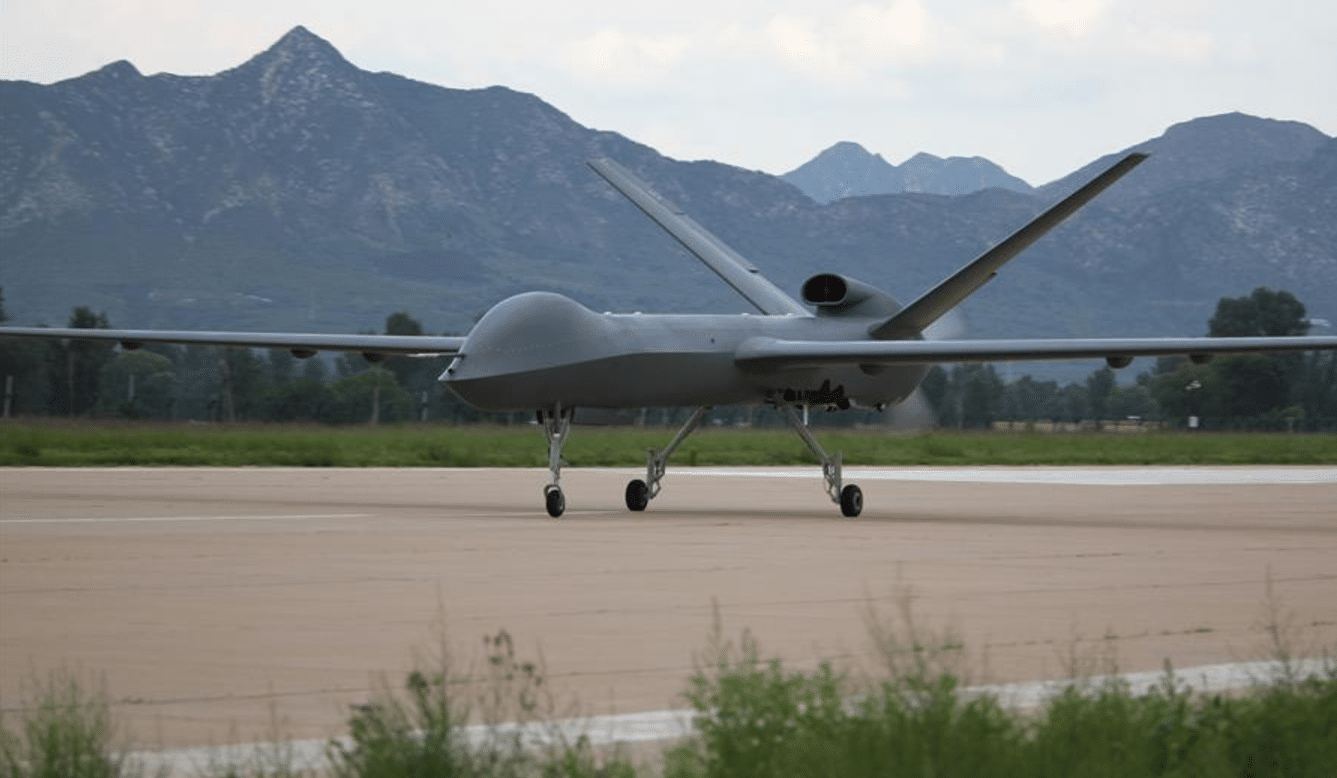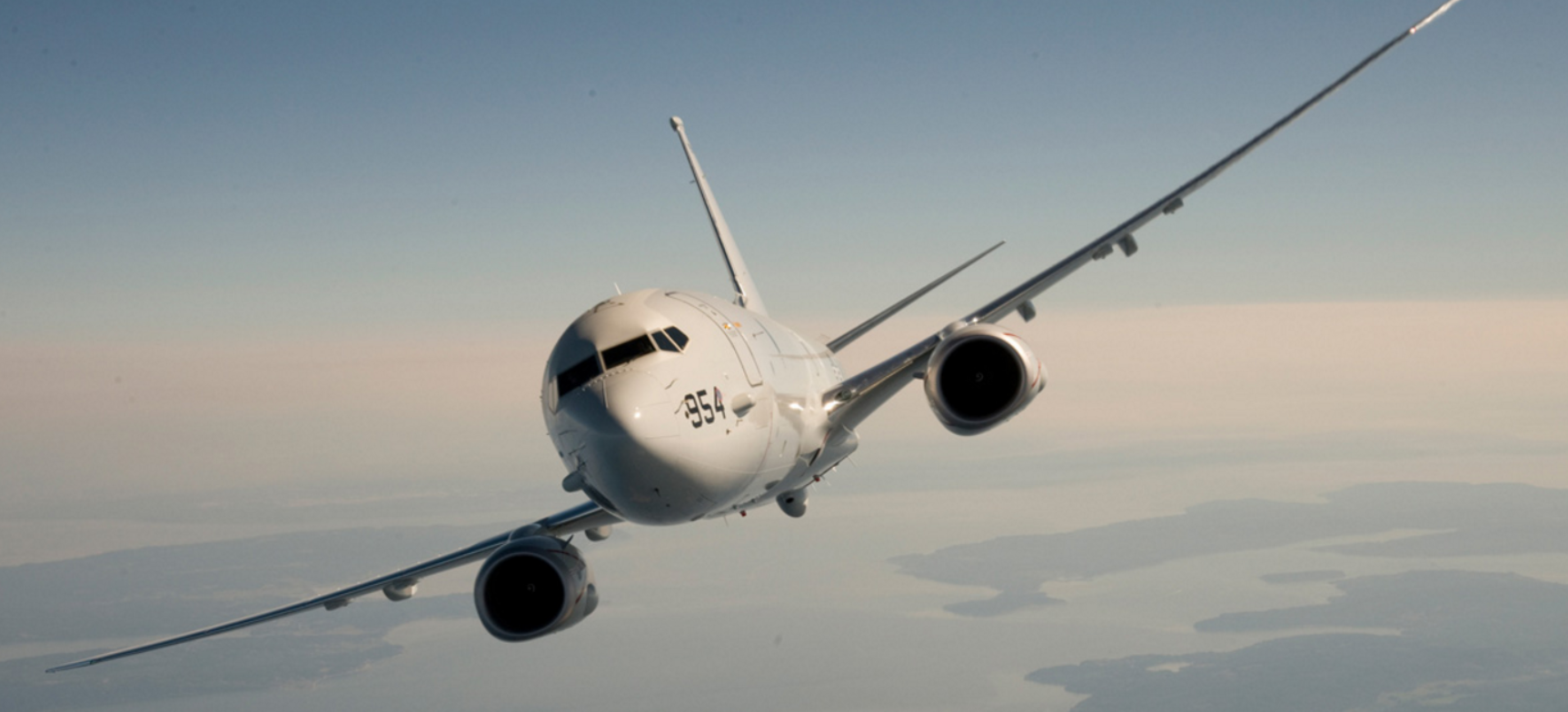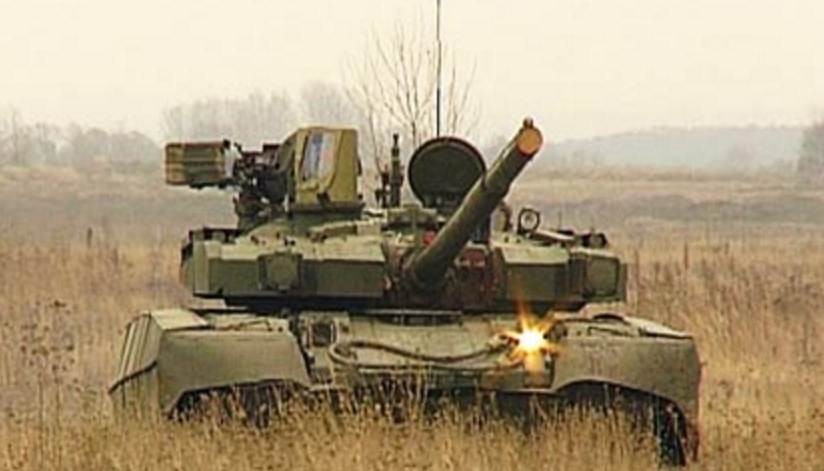2296Views 3Comments

China begins offering CH-5 MALE UAV to international market
The China Aerospace Science and Technology Corporation (CASC) has announced that it its CH-5 medium-altitude and long-endurance (MALE) unmanned aerial vehicle (UAV) is both ready for full-scale production and available for export to overseas markets.
The project manager of CASC’s Rainbow/CH-series of UAVs, Ou Zhongming, told China Daily that the CH-5’s design has been finalized and that CASC is in talks with existing CH-series drone users about the CH-5.
The China Daily reports that Shi Wen, the Rainbow series’ chief designer, said that the CH-5 was on-par in terms of endurance and payload to the General Atomics MQ-9 Reaper.
The Aviation Industry Corporation of China (AVIC) formally showcased the CASC CH-5 to the world at Air Show China 2016, which took place in Zhuhai in October of last year.
According to IHS Jane’s, the CH-5 has a lightweight all-composite airframe with a length and wingspan of 11 m and 21 m, respectively. It has a maximum take-off weight of 3,300 kg. The CH-5 has a total payload of 1,200 kg, of which 200 kg is internal and the rest distributed through external hardpoints.
Powered by a 330 hp heavy-fuel engine, the CH-5 has an endurance of up to 60 hours and service ceiling of 30,000 ft. It has a ferry range of up to 2,000 km if the end-user has access to satellite communication (SATCOM). Otherwise, a standard line-of-sight data-link will limit the CH-5’s range to 250 km.
Besides intelligence, surveillance and reconnaissance (ISR) equipment, such as synthetic aperture radars with ground-moving target indication (SAR/GMTI) and electro-optical and infrared (EO/IR) sensor pods, the CH-5 can also be armed with guided air-to-surface munitions.
The Chinese defence industry has analogous counterparts to the Hellfire II, Joint Direct Attack Munition, Paveway and Small Diameter Bomb in the form of the AR-1, FT-series, LS-series and YL-14, respectively.
Notes & Comments:
Saudi Arabia, Iraq, the United Arab Emirates (UAE) and Pakistan are among CASC’s CH-series UAV users. The Chengdu Aircraft Industry Group (CAIG) is another Chinese UAV vendor, and its Wing Loong users reportedly include Saudi Arabia, the UAE and Egypt. Several of these markets have incentives to procure the CH-5 for various reasons, be it counterinsurgency (COIN) or bolstering ISR in specific domains. Seeing that CASC is already in talks for selling the CH-5, AVIC should accrue sales in the short-term.
Granted, the complete utility of the CH-5’s range can best be drawn through SATCOM, but SATCOM is an acquirable piece for these states (albeit at varying timelines and from different sources). For example, Brazil bought a dual-use civil and military satellite from Thales Alenia Space for $558.1 million U.S. in 2013. The availability of the CH-5 now makes the prospect of long-haul ISR and distant-area loitering missions a wholly off-the-shelf option for countries with the requisite financial means.
The dearth of comparable alternatives, especially in terms of availability to non-NATO states with limited defence ties with the U.S., could provide AVIC with significant market access in Latin America, North Africa, Southeast Asia, Central Asia and potentially even Eastern Europe. It would be surprising if AVIC neglects to market the CH-5 to Brazil, which does have a SATCOM solution in the pipeline and nearing activation.



3 Comments
by Steve
Good specs. No need to reinvent the wheeel. Just licence build this UAV, or the Chengdu version. As long as we make everything including the engine we should be fine. I suspect that’s what’s going to happen anyway. We have not got a big enough R&D budget to start from scratch and there is no need to. We can customise to our requirements.
by Ali Afzal
I guess Chinese CH-5 is better than Turkish Anka and Pakistan should get CH-5
by jamshed_kharian_pak
Both are Fantastic Turkey is Muslim Brother Country, China Our Neighbor and Very Good Friend both are welcome